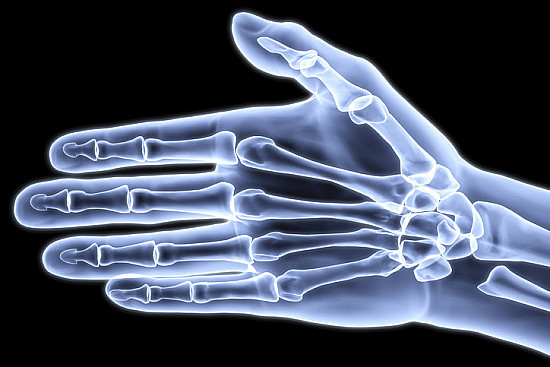
One of the more unusual conditions affecting the hands and fingers is Dupuytren’s contracture (also called Dupuytren’s disease). Here, one or more fingers become curled, which can make it difficult to pick up or hold objects or perform everyday activities.
Legend says the condition originated with the Vikings of Northern Europe, although this is debated. It was later named after the 19th-century French surgeon Guillaume Dupuytren, who did the first successful operation on the condition. Fast-forward to the 21st century, and Dupuytren’s contracture now affects about one in 20 Americans.
What is Dupuytren’s contracture?
Fascia is a sheet of fibrous tissue beneath the skin of the fingers and the palm. Dupuytren’s contracture is a thickening and shortening of this tissue.
This thickened area begins as a hard lump called a nodule. Over years to decades, it may progress to a thick band called a cord that causes one or more fingers to curl toward the palm and become stuck in a bent position. This can make it difficult to grasp objects, button clothes, use a computer, or perform other daily tasks.
The condition does not always get progressively worse. It may be stable for years or even improve in some people.
Which fingers are most likely to be affected?
The ring and pinky fingers are most often affected. But the condition can strike all fingers and the thumb.
“In about half of cases, the condition can affect both hands,” says Dr. Phillip Blazar, an orthopedic surgeon and Division Chief of Hand and Upper Extremity at Harvard-affiliated Brigham and Women’s Hospital. Fortunately, it rarely causes pain.
What causes Dupuytren’s contracture?
Currently, the cause is unclear. Still, several factors can increase a person’s risk, such as
- Genetics: This condition is more common in people with Northern European, British Isles, or Scandinavian ancestry.
- Gender: Men are affected more often than women.
- Age: The condition often occurs after age 50.
- Family history of the disease.
People with diabetes and seizure disorders are also more likely to have Dupuytren’s. The condition may appear and/or worsen after trauma to the hand.
How is Dupuytren’s contracture treated?
Although there is no cure, treatments and occupational or physical therapy can help address symptoms and improve finger mobility. “Many people who have mild cases of Dupuytren’s find it has little impact on their ability to use their hands,” says Dr. Blazar.
However, moderate or severe cases can interfere with hand function. It’s possible to restore normal finger motion with nonsurgical treatments, such as:
- Collagenase injection. This procedure is done in the doctor’s office. An enzyme called collagenase is injected into the cords of your hand, which breaks down and dissolves the thickened tissue. At a follow-up visit, your doctor will give you local anesthesia and then snap the cords by manipulating and straightening your fingers in the direction in which they are unable to move.
- Needle aponeurotomy. This in-office procedure involves passing a hypodermic needle back and forth through the restrictive cords to weaken and break them.
“Your hand surgeon will discuss both treatment options to determine which is best for your situation,” says Dr. Blazar. “There are also some variations in the anatomy of the disease which may make one treatment or the other less favorable for a particular person or finger.” Both of these treatments don’t remove the cords, and the condition can return and require additional treatment.
What about surgical treatment?
If nonsurgical treatment does not relieve symptoms or you have a severe condition, surgery may be recommended. Surgical approaches include:
- Fasciotomy. An incision is made in your palm to divide the thickened tissue in the cord.
- Subtotal palmar fasciectomy. A zigzag incision is made along the creases in the hand to remove the abnormal tissue and cord. Occasionally, a skin graft may be needed to help the wound heal.
You wear a splint on the repaired hand during recovery. People should expect some pain, stiffness, and swelling afterward. The length of recovery varies for each individual, and also with how many fingers were operated on and which ones.
“Most people largely recover by three months, but some may not feel fully recovered for quite a bit longer,” says Dr. Blazar. Hand therapists can also help with strength and flexibility exercises to speed recovery.
Most people’s fingers move better after surgery. However, as with nonsurgical treatments, the contracture can come back, so some people may need additional surgery later on.
